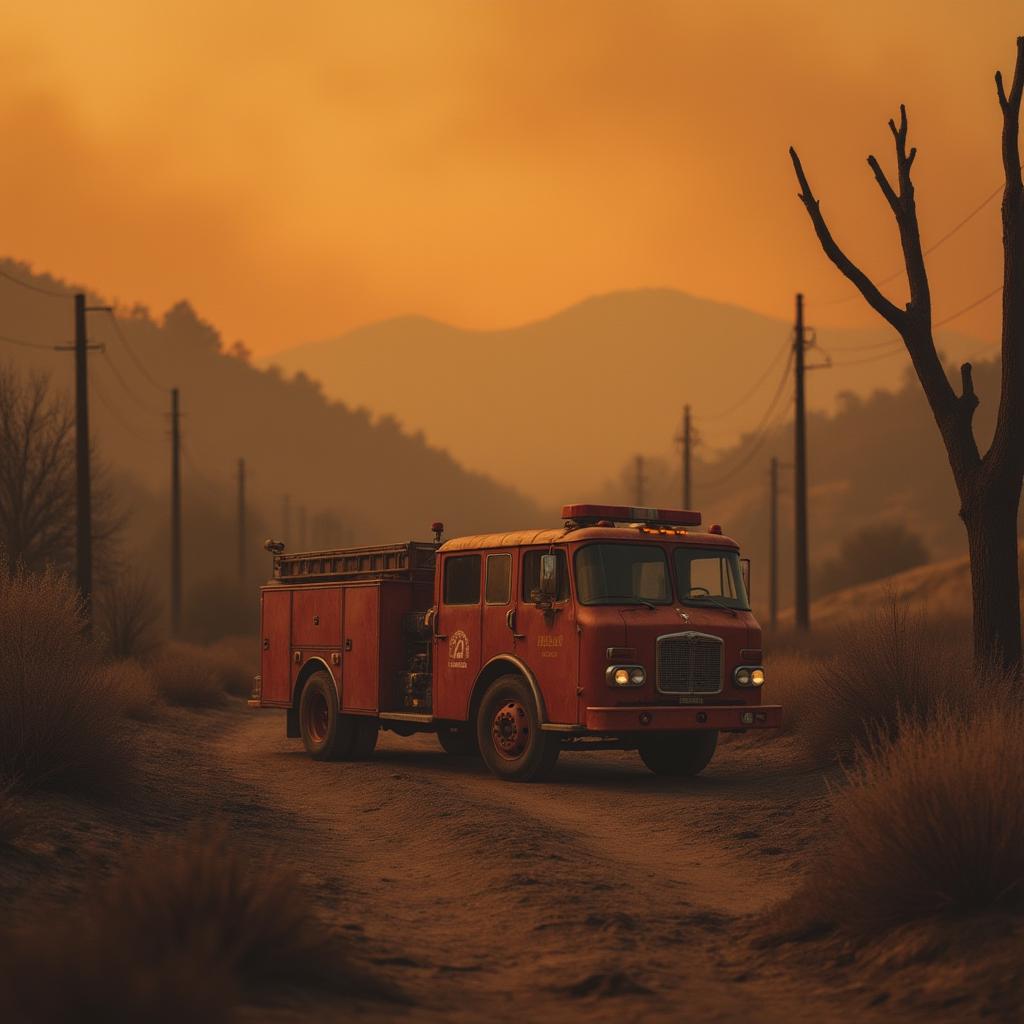
It was a disaster Los Angeles had braced for—just not the one it was expecting. Officials across the region were warned about a dangerous mix of fierce winds and prolonged drought, making a massive wildfire almost inevitable. But when the flames came, the city was still caught off guard, leaving many asking: Could more have been done to prepare?
Months of dry weather and unusually strong winds set the stage for what would become one of the worst firestorms in recent memory. The National Weather Service flagged the issue early, warning emergency teams days in advance about the potential for a “historic event.” Yet, despite the heads-up, Los Angeles found itself scrambling when the wildfires erupted, revealing glaring gaps in the region’s readiness.
One of the key issues? Communication. While weather experts sounded the alarm, the public response lacked urgency. No major press conferences warned residents of the impending danger, and local leaders seemed slow to act. County supervisors relied on social media posts to spread the word, while Mayor Karen Bass was out of the country when the fires started. Governor Gavin Newsom was in Palm Springs, hours away from the unfolding crisis.
The fires, fueled by powerful winds, quickly overwhelmed emergency systems. Public alerts failed in some areas, leaving people unaware of the danger until it was too late. Homes burned as rain fell, adding another layer of devastation to an already dire situation.
Los Angeles has long focused on preparing for earthquakes, the so-called “Big One.” But this time, the Big One came in the form of fire—and the city wasn’t ready. The disaster has sparked a critical conversation about whether the region’s emergency plans need a serious overhaul. After all, when nature gives a warning, it’s up to us to listen and act.
